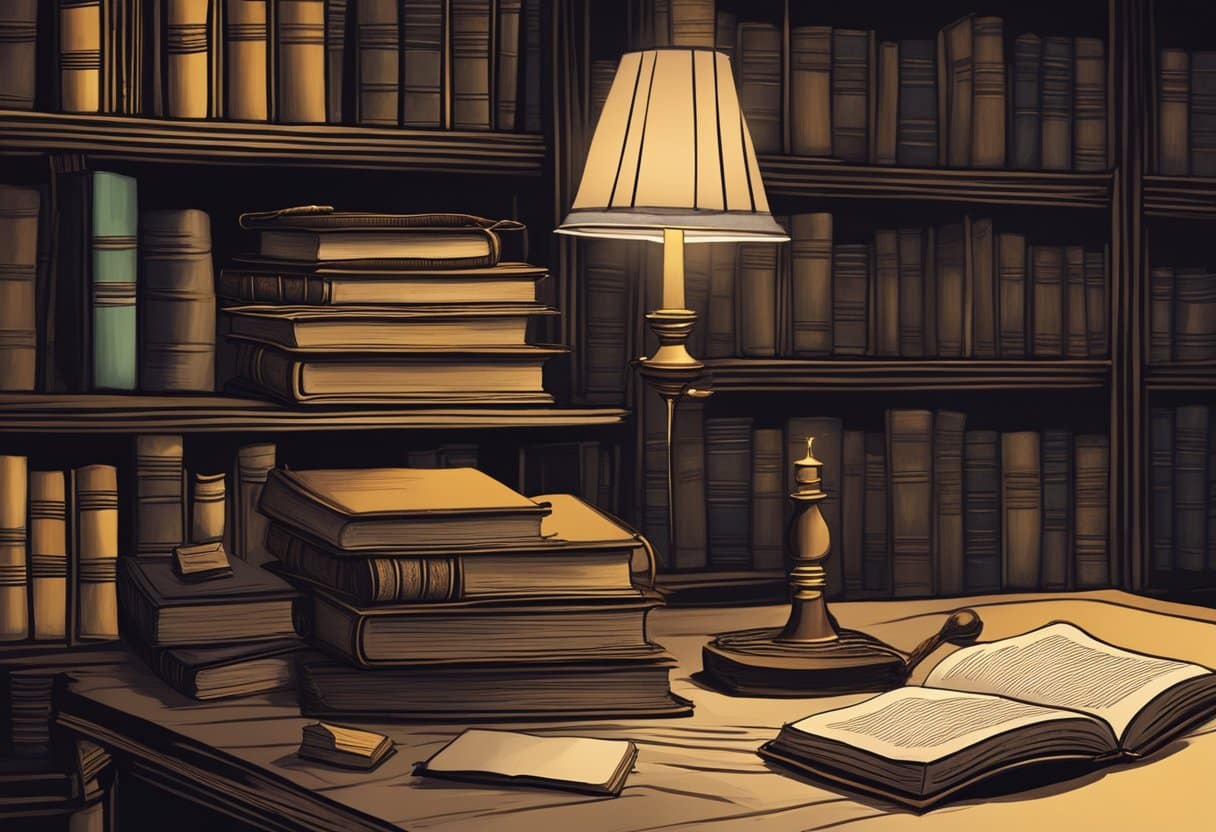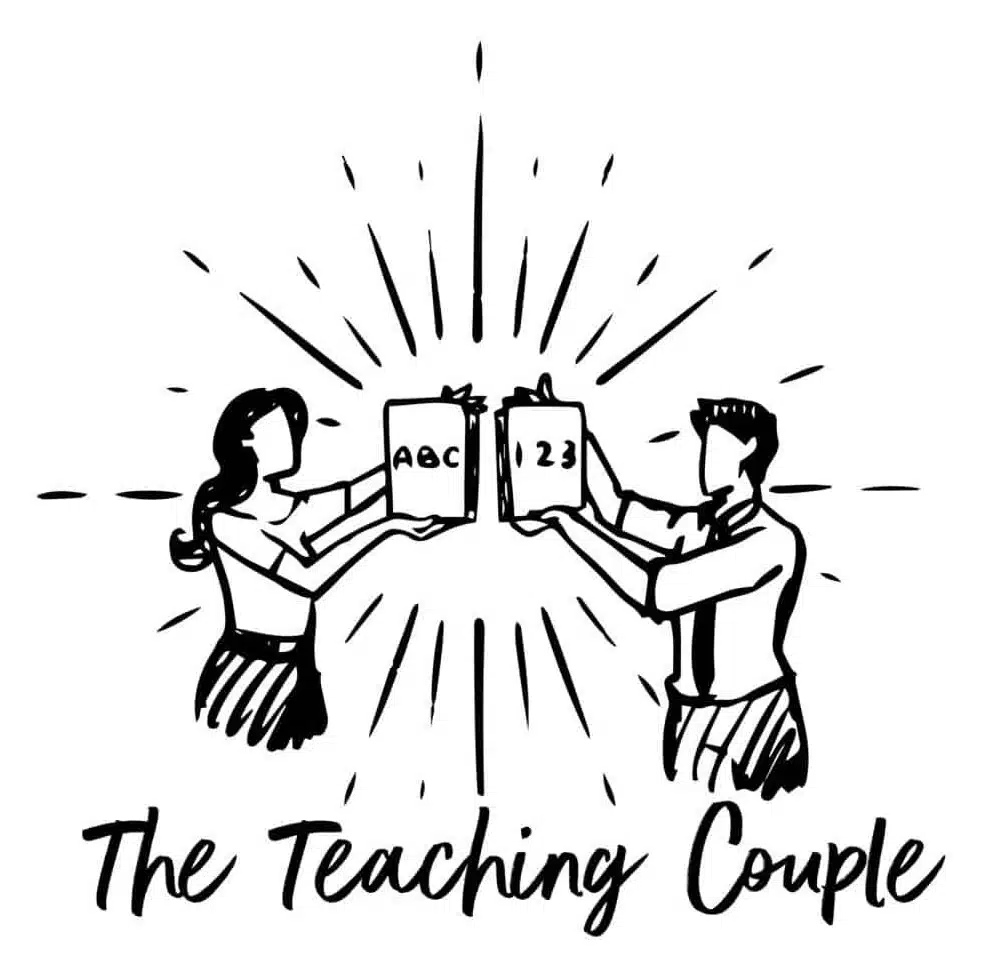Elegy poetry, with its roots nestled deep in the annals of literary tradition, offers a profound way to express lamentation and remembrance. Historically, these poignant poems served as meditations on loss, often commemorating individuals who have passed away.
The essence of an elegy is captured in its purpose to both mourn and celebrate, creating a space for collective grieving and personal catharsis.
Related: For more, check out our article on How To Teach Elegy Poetry here.

The formal characteristics of elegy poetry can vary widely, signifying that it is the thematic focus on sorrow and homage that binds the form. Over time, influential poets have shaped the elegy, using it to also address the broader themes of existential contemplation and societal loss.
While it traditionally reflects on death, modern elegists have expanded its reach to engage with a variety of sombre topics, thereby transcending its original boundaries.
Key Takeaways
- Elegies articulate grief and foster solace through reflective verse.
- The form evolves with cultural perspectives on mortality and commemoration.
- Crafting an elegy involves intimate engagement with themes of loss and tribute.
Related: For more, check out our article on Examples of Free Verse Poetry here.
Historical Context of Elegy Poetry

Elegy poetry boasts a rich heritage, tracing its lineage back to the ancients and evolving significantly across eras, notably within English literature.
Ancient Origins
The elegy began in ancient Greek and Roman cultures as a poetic form embodying expressions of grief and mourning.
In the works of Roman poets like Ovid and Catullus, the elegy was characterised by a distinct metrical pattern known as elegiac couplets, which consisted of alternating lines of dactylic hexameter and pentameter.
These poets used the form to articulate personal lamentations, love, loss, and even political criticism in a manner that was both dignified and intimate.
Evolution in English Literature
Moving into the 18th century, elegy poetry found a new expression within English literature.
The form preserved its mournful themes but adapted to the linguistic and cultural context of the period. Perhaps one of the most emblematic instances of this evolution is Thomas Gray’s “Elegy Written in a Country Churchyard”.
Gray’s work eschews classical allusions for a profound contemplation of mortality and social inequality, echoed later in the pastoral elegies of the Romantic poets such as Shelley’s “Adonais”.
English elegiac poetry became a landscape where personal emotion resonated with broader societal reflections, allowing the genre to continuously reinvent itself through the ages.
Related: For more, check out our article on Examples of Villanelle Poetry here.
Defining Characteristics of Elegy Poetry
Elegy poetry possesses distinct attributes that centre on expressions of lament and mourning. This poetic form allows for the articulation of grief through a blend of traditional structure and poignant themes.
Structure and Form
Traditional elegy poems are characterised by a certain regularity in their structure, often deploying quatrain stanzas or other set poetic forms.
The meter can be consistent, with common use of iambic pentameter, which provides the poem with a rhythmic and solemn flow.
The rhyme scheme can vary but often reflects a thoughtful pattern, contributing to the overall sombre tone of the poem.
Themes and Language
The language of an elegy is lyrical and richly emotive, encapsulating feelings of grief and mourning. Common themes include the inevitability of death, the pain of loss, and a deep sense of longing for the deceased.
The choice of words is crafted to evoke empathy and reflection, immersing the reader in the emotional experience of the poem.
Related: For more, check out our article on Examples of Ode Poetry here.
Prominent Elegy Poems and Poets

Elegy poetry holds a distinguished place in literature, reflecting on loss and mourning with profound depth. The genre has been graced by the works of eminent poets across various periods who have used the form to convey their sorrow and respect.
Classical to Romantic Period
Thomas Gray is one of the most celebrated poets of this genre, and his poem Elegy Written in a Country Churchyard remains an enduring piece of literature, lamenting the death of the unsung heroes of the rural poor.
John Milton’s Lycidas is a pastoral elegy that serves as a tribute to his friend Edward King, while delving into the corruption of the clergy.
Moving into the Romantic period, Percy Bysshe Shelley’s Adonais mourns the death of John Keats with rich imagery and a profound sense of the tragic.
John Keats himself, though he did not write an elegy, became the subject of several notable ones, his own untimely death feeding into the Romantic preoccupation with the potentially brief yet intense arc of poetic genius.
Alfred Lord Tennyson’s In Memoriam is perhaps one of the greatest elegies of this time, a vast work that reflects on the death of his close friend Arthur Henry Hallam.
Modern Elegies
As we cross into the modern era, W. H. Auden’s poem In Memory of W. B. Yeats stands out. This elegy intricately examines not only the loss of the great poet but also the role of poetry in an era marred by war.
Christina Rossetti’s contribution to the elegiac form can be found in her poem A Dirge which poignantly captures the simplicity and absoluteness of grief.
Lastly, the haunting cadences of Walt Whitman’s O Captain! My Captain! are dedicated to the loss of President Abraham Lincoln, presenting an elegy that became entwined with the national mourning for a fallen leader.
This period demonstrates the continued evolution of the elegy, with poets adapting the form to respond to personal losses that often mirrored greater societal griefs.
Related: For more, check out our article on Examples of Sonnet Poetry here.
Elegy Beyond Poetry

Elegy transcends the confines of written verse, finding profound expression through music and art as well as in contemporary representations.
Though originating as a poetic form, it has evolved, etching its presence into various cultural mediums to honour the departed with poignant remembrance and tribute.
Music and Art
In the realm of music, the elegy often takes the form of a dirge, a slow, solemn composition resembling a funeral march.
These musical pieces serve a purpose akin to their literary counterparts, providing comfort and space for reflection. For instance, the compositions of Henry Purcell include elegiac elements that evoke a deep sense of loss and homage.
Visual arts also embody the elegiac spirit, with artworks capturing the essence of eulogy and remembrance.
Artists may create visual tributes to individuals or events that have a lasting impact on collective consciousness. These creations often encode layers of meaning and emotion, expected from a tribute to the deceased.
Contemporary Representations
In today’s culture, elegy can manifest in various forms, with tributes not constrained to formal settings.
Social media posts, for example, often serve as platforms for contemporary elegiac expression, offering a space for communal grief and remembrance outside the traditional funeral service context.
Furthermore, the spirit of Milton‘s classical elegy is echoed in modern literary works, films, and even commemorative events that honour past figures or tragedies.
The essence of elegy—that of lamentation and praise—remains a compelling force in these contemporary media, demonstrating the enduring power of this expressive form.
Related: For more, check out our article on Examples of Tanka Poetry here.
Writing Your Own Elegy

Composing an elegy allows individuals to articulate sorrow and appreciation for a loved one who has passed away, encapsulating memories and emotions within the structure of a poem.
Creative Process
The creative process of writing an elegy often begins with reflection on the individual’s life whom one is mourning.
The writer may consider episodes of the past that held significant love, instances of profound loss, and overall expressions of appreciation.
It is helpful to jot down memorable experiences that reflect the essence of the person who has died, whether a child, friend, or other loved one.
- Brainstorming Ideas:
- Death and mourning
- Precious memories with the deceased
- Personal feelings of sorrow
- Qualities of the deceased
- Selecting Themes:
- Enduring love and heartache
- Legacy and memory
- Personal grief and coping
Stylistic Considerations
When it comes to the stylistic considerations of an elegy, understanding the traditional structure and format can provide a solid framework.
A traditional elegy may be structured in a specific meter, like iambic pentameter, and can be organised into stanzas that convey the stages of grief.
- Structure & Format: Element Description Meter Commonly utilised is iambic pentameter Rhyme Scheme ABAB or other traditional schemes may be used Stanzas Often grouped into quatrains or couplets
- Language & Imagery:
Poetic language and imagery are employed to evoke the reader’s emotion, often exploring sorrow, memory, and heartbreak. The use of metaphors and similes relating to nature or seasons can symbolise the cycle of life and the finality of death.
By focusing on these elements, one can craft a poignant elegy that reflects not just grief, but also the undying appreciation and memory of the beloved.

